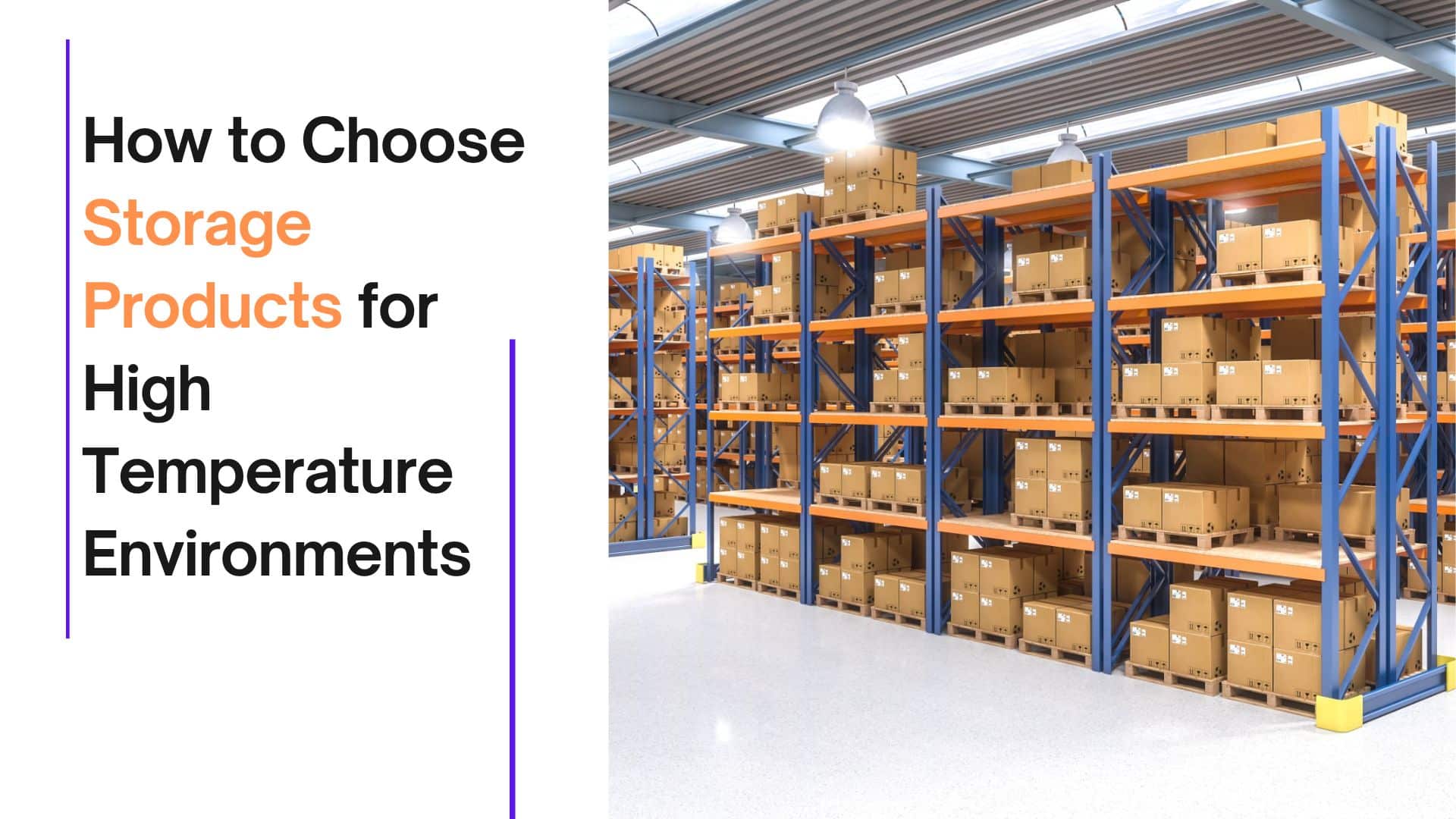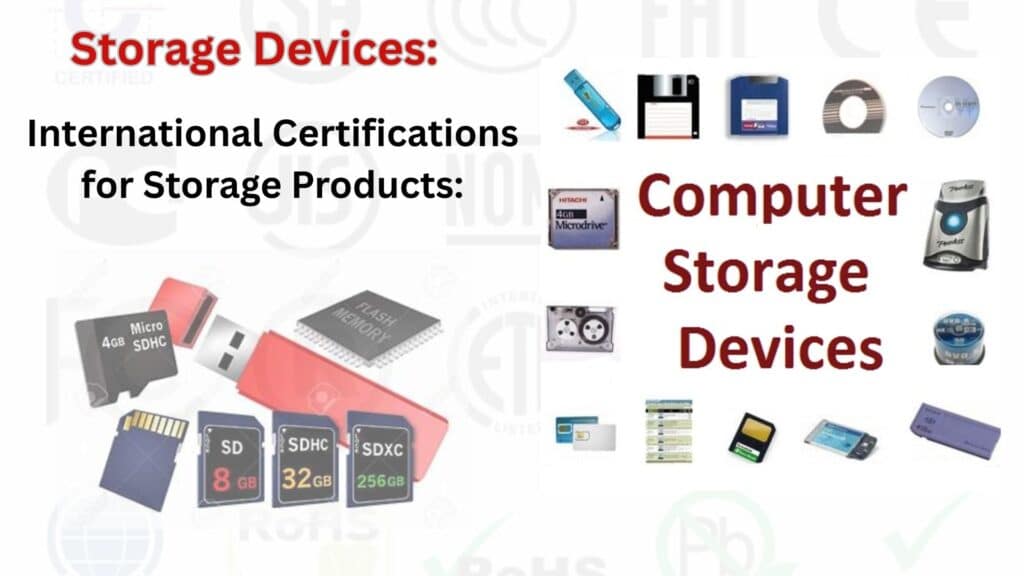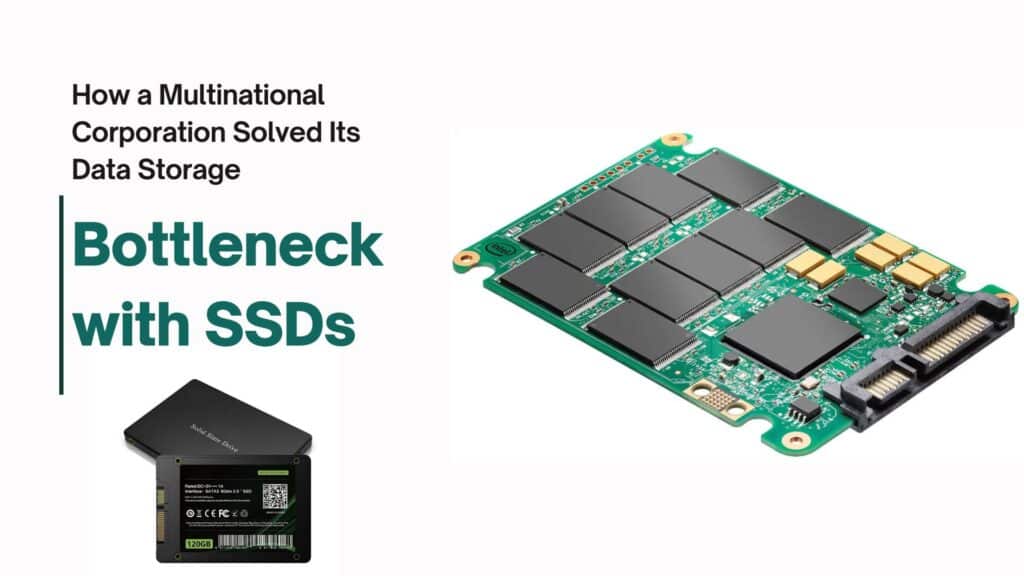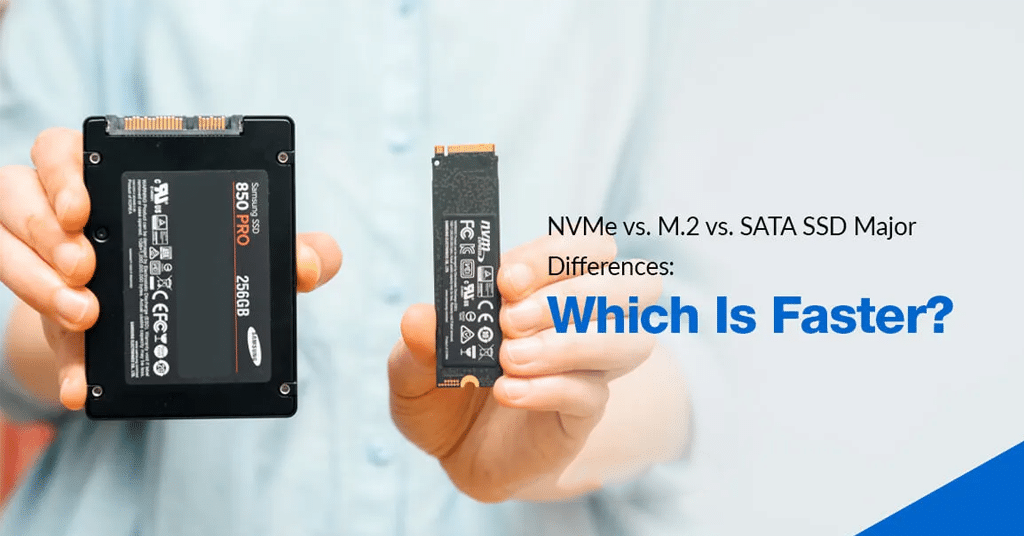4 Key Factors to Choose Storage Products for High-Temperature Environments

Introduction
High-temperature environments present unique challenges for data storage solutions. Industries such as manufacturing, automotive, and energy rely on storage products that can withstand extreme heat without compromising the integrity and performance of stored data. Whether it’s in a factory floor where machines run at high temperatures or in a vehicle exposed to direct sunlight, selecting the right storage device is essential to avoid data loss, performance issues, or hardware failure.
This article will help guide customers in choosing suitable storage products that can endure high temperatures, providing a reliable solution for their specific applications. We’ll discuss the characteristics of high-temperature environments, the types of storage technology best suited for these conditions, and the best practices for maintaining these storage devices.
1. Understanding High-Temperature Environments
Characteristics of High-Temperature Environments and How They Affect Storage Devices
High-temperature environments typically involve conditions where the temperature exceeds the standard operational range of most electronic devices. For storage products, these conditions can cause physical and electronic degradation, potentially leading to data corruption or complete failure.
Some of the environmental factors that impact storage devices include:
- Heat exposure: High heat can cause components to expand or contract, damaging the internal circuits of storage devices.
- Humidity: High humidity often accompanies high temperatures, which can increase the likelihood of corrosion and other forms of damage to electronic parts.
- Dust and debris: These factors can also contribute to the malfunction of storage devices in high-heat settings, particularly when storage products are exposed to an unfiltered environment.
For industries where temperature tolerance is critical, selecting the right temperature-resistant storage is paramount to ensuring reliable data storage and access.
Types of Industries That Need Temperature-Resistant Storage
Several industries require storage products capable of withstanding extreme heat and other harsh conditions. These include:
- Automotive: In vehicles, especially those used in extreme climates or motorsports, storage products must withstand high temperatures and vibrations.
- Industrial manufacturing: Manufacturing plants often operate in areas where machines and equipment generate significant heat, requiring temperature-resistant storage.
- Oil & Gas: The energy industry often deals with high temperatures in drilling operations, requiring reliable, heat-resistant storage solutions.
- Military and aerospace: In these sectors, high-temperature resilience is necessary for equipment operating in extreme conditions, such as aircraft or space missions.
Understanding these environments will help in choosing the right storage solutions that meet specific temperature demands.
2. Choosing the Right Storage Technology
Comparison of SSDs, USB Drives, and SD Cards for High-Temperature Use
When choosing storage products for high-temperature environments, it is essential to understand the different types of storage technologies and how each performs under heat stress.
- SSDs (Solid-State Drives): SSDs are known for their speed and reliability, but not all SSDs are made to withstand extreme conditions. For high-temperature use, high-temperature SSDs are available with components that can handle temperatures up to 85°C or more. These are suitable for industries where fast data access is critical.
- USB Drives: Standard USB drives may not offer the durability needed for extreme heat. However, specialized temperature-resistant USB drives can perform in these environments, though they may offer less capacity and slower speeds compared to SSDs.
- SD Cards: SD cards are compact and commonly used in cameras and smartphones. While some SD cards are designed for rugged use, temperature-resistant SD cards are required for high-heat environments. These cards are typically rated for temperatures up to 85°C, with certain high-end models offering even higher tolerance.
The choice of storage technology depends on the specific requirements, such as storage capacity, speed, and the ability to tolerate heat.
Key Specifications to Look for
When selecting temperature-resistant storage, it’s important to consider the following specifications:
- Temperature tolerance: Ensure the device is rated for the temperature range of your environment. For high-heat conditions, look for storage solutions with a tolerance range of 85°C to 125°C.
- Vibration resistance: For industrial settings, choose products that can handle vibrations commonly found in factories or transportation.
- Shock resistance: In environments where storage devices may be exposed to physical shocks, it’s crucial to choose durable products that can withstand such impacts.
- Data retention: Make sure that the storage product can retain data for an extended period even in high temperatures.
These factors ensure the product’s longevity and data integrity in extreme conditions.
3. Industrial-Grade Storage Solutions
Features of Industrial-Grade Storage Products Designed for Extreme Conditions
Industrial-grade storage solutions are specifically engineered to operate in environments where standard consumer-grade devices would fail. These storage devices are built to be durable, heat-resistant, and reliable under pressure.
Key features of industrial-grade products include:
- Advanced temperature resistance: Industrial storage devices are rated for higher temperature ranges, typically from -40°C to 85°C or higher.
- Built-in error correction: To ensure data integrity, many industrial-grade storage solutions feature advanced error correction capabilities.
- Rugged casing: These devices often come with a durable, weatherproof, and shockproof casing that protects the internal components from physical damage and environmental hazards.
- Long lifespan: Industrial storage solutions are designed for heavy use and can handle more write cycles and extended periods of high-temperature exposure compared to consumer-grade storage.
Benefits of Using These Products in Terms of Reliability and Longevity
By investing in industrial-grade storage solutions, you benefit from greater reliability and durability. These products are built to last longer, ensuring that your data remains safe even under extreme temperature conditions. They are engineered to provide consistent performance over extended periods, which is especially important in mission-critical applications, such as manufacturing plants, automotive systems, and military equipment.
4. Best Practices for Maintaining Storage in High-Temperature Conditions
Proper Installation and Cooling Systems
To maximize the longevity of temperature-resistant storage, proper installation and cooling are essential. For SSDs and other storage devices in high-heat environments, it’s important to:
- Ensure adequate airflow: Install the device in a location where it is not exposed to direct heat sources and has sufficient airflow to dissipate heat.
- Use external cooling systems: In environments with extreme heat, consider using cooling systems or heat sinks to further reduce the risk of overheating.
- Proper casing: Choose storage products with casing that offers thermal protection, or use external protective cases designed for high-heat exposure.
Monitoring Tools to Track Temperature and Performance
Monitoring the temperature and performance of storage devices in real-time can help prevent data loss. Use monitoring tools to keep track of the operational temperature of your industrial-grade storage solutions. Many SSDs and USB drives come with software that provides real-time temperature data and performance analytics, enabling you to act quickly if the device begins to overheat or experience performance degradation.
Conclusion
When choosing storage products for high-temperature environments, it’s crucial to select solutions that are specifically designed to withstand extreme conditions. Temperature-resistant storage products such as high-temperature SSDs, USB drives, and industrial-grade storage solutions can provide the reliability and longevity required in industries like manufacturing, automotive, and military operations.
By investing in quality storage products, implementing cooling systems, and following proper maintenance practices, you can ensure your storage devices perform optimally, even in the harshest environments. Always prioritize reliability and temperature tolerance to protect your data and equipment in high-heat settings.










